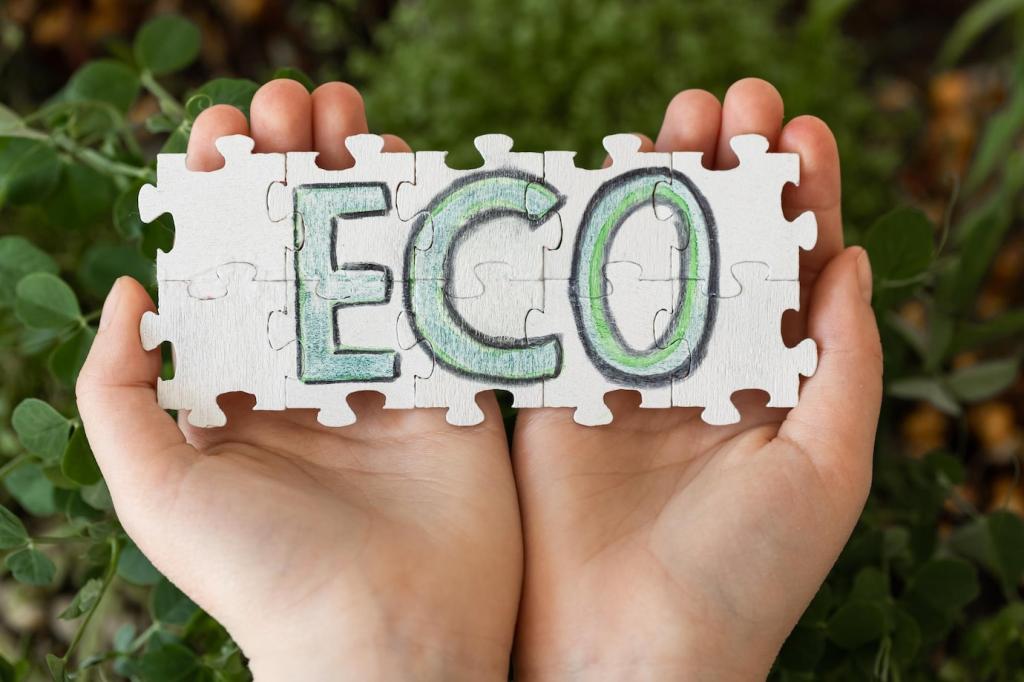Your Roadmap: From Assessment to Action
Schedule or DIY a simple audit. Thermal cameras, blower door tests, or even incense around leaky spots reveal priorities. Readers love before-and-after snapshots that show exactly where improvements paid off.
Your Roadmap: From Assessment to Action
Tackle the biggest leaks first, then add insulation where it yields the greatest comfort boost. Phasing work keeps budgets manageable while maintaining momentum toward a truly eco-friendly building envelope.







